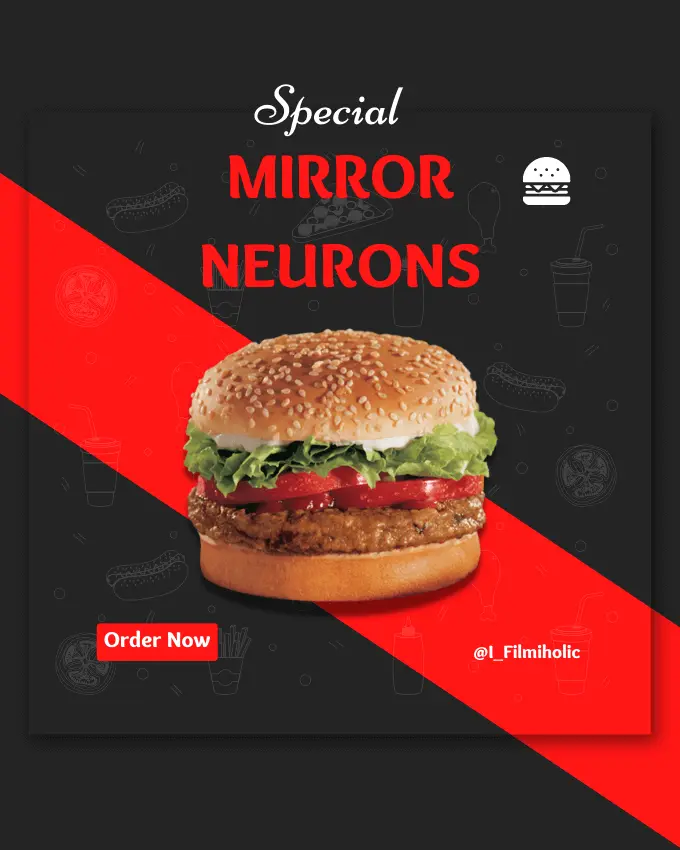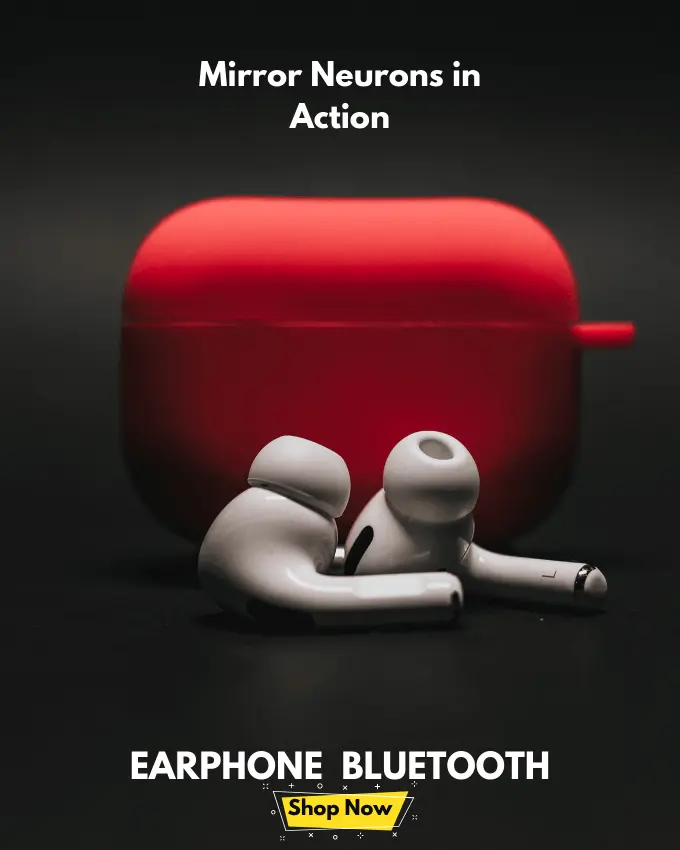The Product Is the Ultimate Salesperson
Let’s say you’re about to start an email marketing campaign. Always remember, it’s your product that should do the talking. What really matters in marketing emails is your product and the image you build around it.
Here’s another key point – email marketing is the cheapest form of advertising, and advertising is all about making sales.
It is essential to acknowledge that advertising’s core purpose is to drive sales. Think of it as amplified salesmanship, where you converse with thousands instead of one. Some people spend up to $10 for each word in an ad. So, each ad should be like a super salesperson. Hence, every ad should be a super-salesman.
If a salesman’s mistake can cost a little, an advertiser’s or email marketers mistake can cost a thousand times more. So, be careful and precise. Bad salesmanship may hurt a small part of your business, but bad advertising affects all of your business.

Beyond Literary Skills: The Subtle Art of Selling
People often mistake email marketing or copywriting for fancy writing. But fancy writing isn’t really helpful here. Like a good salesperson, an ad needs to explain things briefly, clearly, and convincingly.
Here’s a simple way to decide on your advertising.
Ask yourself – “Will this help sell my product?” “Will this help me if I were talking to a buyer?” Honest answers to these questions can help you avoid many mistakes. But if you’re just trying to show off or do things to impress yourself, you’re probably not going to get people to spend money.
Fancy slogans or clever phrases might not work either. If you can’t imagine these impressing a customer in person, don’t rely on them to sell in print or emails.
Imagine this – “Buy my product. Give me your business. Give me your money.” Do you think that will work?
The best ads or cold emails don’t ask people to buy anything. They don’t even mention the price. They don’t say where you can buy the product. Good emails focus on how the product can help the customer. They provide useful information and highlight the benefits.
Does this all sound too cliched gyan? Let’s dig deeper then.
Some Scenarios: Build Trust
Yes, you’ve heard it all before, these are some randome advices all marketing gurus preach. Okay, let me share some examples to give you a better insight.
Imagine a manufacturer of brooms in India who deploys a force of around 2,000 salespersons door-to-door. Success seems improbable, but their approach surprises. Instead of asking for a purchase, they offer a broom, saying, “We’ve brought this for you. Please choose one from these samples.” The excitement of receiving something sparks interest, and in the process, the householder spots several brooms they wish to have. This unexpected service compels them to place an order.
How Sellers Utilizes a Mobile Business Model
Let’s take another example from India, a company distributing chai and other supplies via carts across numerous cities. A representative drops off a small pack of chai, saying, “Give our chai a try. I’ll return in a few days to see how you liked it.” When he returns, he doesn’t ask for an order. Instead, he offers a useful kitchen tool, not for free, but as a bonus that can be paid for by purchasing more chai. Service always takes the front seat.
I heard a story that a European manufacturer of electric sewing machine motors struggled with advertising. Following expert advice, they ceased direct sales attempts and offered to send a motor to tailors in Savile Row (London) via any dealer for a week’s trial. Along with the motor, a guide would demonstrate its operation. Their ad simply said, “Let us assist you for a week, without any cost or obligation.” This irresistible offer led to sales in nearly nine out of ten trials. (Maybe this won’t work in India, considering Indian civic sense and ethics 😉 )
As someone who has worked in email marketing, I can tell you that the real test of a marketer lies in selling products through cold emails. It’s a skill one must master for success because for any startup, cold emails remain the most affordable and accessible method of marketing.
However, before diving into “the techniques of email marketing”How to Draft Cold Emails”, it’s crucial to understand the psychology behind marketing. The successful marketer needs a firm grasp of human psychology. The more insights you have into this, the better your results.
Marketing and Psychology: A Powerful Combo
You need to understand that different triggers create different responses, and this knowledge is essential for effective email marketing and overall marketing success.
Like in Physics, certain effects lead to certain reactions, and use those reactions to increase results and avoid mistakes.
Just like human nature remains consistent, the basics of psychology never change. They are as valid today as they were during the times of Caesar.
For example, we’ve learned that curiosity is a powerful motivator. We make use of it whenever possible.
Consider the scenario of popcorn in a cinema, a staple in India and around the world. Initially, popcorn was just another snack.
But what made it so popular?
The curiosity sparked by seeing kernels transform into fluffy, crunchy snacks right in front of your eyes, hearing the loud “pop” sound, and the captivating aroma filling the air. “Kernels bursting into larger than life sizes,” “Sounds like tiny fireworks,” “Each kernel undergoing a mini explosion.” This sense of wonder played a significant role in making popcorn the go-to movie snack. Now it became a habit and standard at movie halls.
Stay Curious and Build Loyal Customer Base
So your headlines, should bring some curiosity. But in my experience, most services highlights the affordabaility in the headline.
Understand that low price isn’t always the best way to appeal to customers. Americans, for instance, are big spenders. They like good deals, but they don’t necessarily go for the cheapest. They take pride in affording the best. On the other hand, in India, terms like “Free,” “Cheapest,” and “Most Affordable” work better. Here, the decision-making process often begins with the price. So, tailor your approach to suit your target demographic.
The Effectiveness of “Pay After a Week” Strategy
Now, consider this. Many businesses have advertised, “Try it for a week. If you don’t like it, we’ll return your money.” Then came an innovative idea – sending products without asking for any money upfront, and saying, “Pay in a week if you like it.” This proved to be far more appealing. (Demography matters here)
As one marketing expert explained it,
“Two men came to me, each offering a horse. They both made the same claims. They were good, gentle horses, safe even for a child to drive. One man said, ‘Try the horse for a week. If my claims are not true, you can have your money back.’ The other man said, ‘Try the horse for a week,’ but he added, ‘Come and pay me then.’ Naturally, I chose the second man’s horse.“
The power of perception plays a significant role in decision-making. Imagine you have five products that are identical in every way. Now, if you ask five people to choose one, they might each pick a different one. But, here’s a twist: if you highlight certain features or qualities in one product, everyone’s attention is drawn to it.
And what happens then? All five people are likely to choose that one product. It’s all about how you present it. This is a key strategy to remember when drafting marketing emails. You have to highlight the right features to make your product stand out. There is a great deal in mental impression.
Specificity: A Key to Impressiveness
Let’s move on to the next crucial aspect – being precise and explicit.
There’s a stark contrast in the impact of two statements taking up the same space, where one is clear-cut and the other is vague. If there’s a point to be made, ensure it lands with maximum impact.
A retailer might mention, “We’ve cut down our prices,” yet it might not stir much interest. However, when they say, “We’ve slashed our prices by 25%,” the announcement hits home.
Consider a marketer selling affordable women’s wear through mail order. For years, his tagline was, “Lowest prices in India.” Competitors soon followed suit. Then he started promising to beat any other seller’s price. His competition copied this strategy too. Over time, these claims became generic, losing their allure. But with some wise guidance, he switched his approach, stating, “We only make a net profit of 3%.” This concrete statement made an impact. Given their scale of operations, it was clear their prices were rock bottom. No one could expect a business to run on less than a 3% profit. The following year, their sales surged dramatically.
The most talked-about gadget of the year
Consider the marketing of smartphones. “Fast performance,” “Long battery life” “50 MP Camera” Each brand had the same chance to win over customers. Then a new brand came along. They were up against brands that everyone already liked. They did something different though. They said, “Look at our Glyph interface, It’s unlike anything we’ve seen before (a supporting image)” “We believe in windows, look at our transparent design” “Faster than ever before. Our phone is the first in India to feature the SD 778G+ processor and cleaner Android software.” This straight-to-the-point strategy got them a lot of success quickly in this tough market.
Xiaomi’s 12 Lite is a better phone than the newly launched brand in terms of features and price. However, the new brand has been able to gain a foothold in the Indian market due to its strong marketing campaigns.
The Challenge of Changing Habits
I read somewhere we humans are slaves of our habits.
Shifting people’s habits is a tough task, and it can cost a lot. Before you jump into such an endeavour, give it a serious thought.
Consider this: to promote shaving soap among the traditionally bearded farmers of Punjab, you’d first have to change their long-standing tradition of sporting beards. The costs associated with such an effort could be sky-high. Yet, there are countless marketers who try to pull off similarly ambitious tasks. They plunge in without adequate research, tracking results haphazardly without truly understanding them.
However, let’s not conclude that altering habits and penetrating markets is an impossible task.
How Nestle got Japan to drink Coffee
I recall an intriguing tale from the book ‘Culture Code’ by Clotaire Rapaille, it talks about how Nestlé successfully made a nation of tea drinkers fall in love with coffee.
In the 1970s, they were struggling to sell instant coffee in Japan, a country with a deep-rooted tea-drinking culture.
So, what do you do when your target market doesn’t have a cultural imprint of your product? You create one.
To crack this nut, Nestlé hired a French marketing consultant named Clotaire Rapaille.
Rapaille conducted in-depth three-hour sessions with ordinary Japanese folks to try and understand their cultural relationship with coffee.
Nestlé decided to change their approach. Instead of persuading Japan to embrace coffee, they began to produce coffee-flavored (caffeine-free) desserts for children.
Kids universally adore candies and desserts, and Japanese children were no exception – there was no cultural barrier in this regard. Fast-forward fifty years, and Japan now spends $22 billion on instant coffee, more than any other country.
Let’s Wrap It: Email marketing & Psychology
From the outside, advertising might seem straightforward. Many individuals assert their expertise in it, leading to a lot of advertising work being awarded based on personal preference.
But the real experts understand that the complexities involved in advertising are as substantial as those in constructing a skyscraper. A lot of these challenges lie in laying a robust foundation.
The psychology behind marketing is full of insights, and its a foundation. Some marketers have a natural understanding of these principles. Others learn them through experience. However, the most efficient way to learn is from others. When you observe a successful strategy, make a note of it, and when the right opportunity comes, put it into action.
These insights form the bedrock you need to establish before launching your email marketing campaign. Read more insights on Buying Behaviours and Psychology in decision making here.







